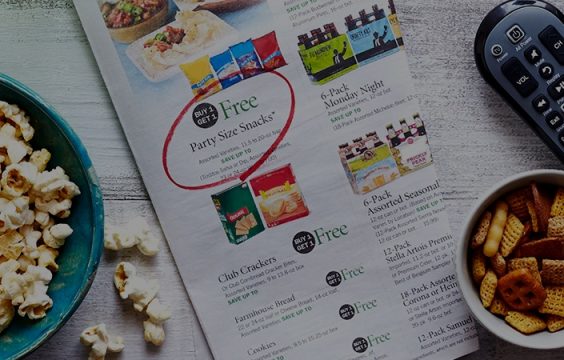
“Buy one, get one for zero dollars” doesn’t roll off the tongue quite the same way as “Buy one, get one free” does. But stores may find that the mouthful of a promotion is more effective than standard BOGOs in getting our attention – and getting us to buy.
A new research study is suggesting that retailers consider the idea, after the researchers found that we like the idea of paying nothing for an item, more than we like getting that same item for free.
Their findings are described in “Is $0 Better than Free? Consumer Response to ‘$0’ versus ‘Free’ Framing of a Free Promotion,” due to be published in an upcoming edition of the Journal of Retailing.
“Consumers frequently encounter offers, such as ‘Buy One, Get One Free’ and ‘Product X Free with the Purchase of Product Y,’” the research paper explains. But those same offers “can be represented as ‘Buy One, Get One for $0’ and ‘Get Product X for $0 with the Purchase of Product Y.’” This could apply to coupons as well – a coupon worded the standard way might offer a free product, but it could be rephrased to offer a product for $0.
Does it make a difference? Well, after conducting multiple experiments in labs and in stores, and analyzing consumers’ responses to the same offers phrased in different ways, the researchers found that “a free promotion is evaluated more favorably when presented as ‘$0’ than ‘free,’” even though the final cost to the consumer is exactly the same.
When it comes to determining the best deal, it’s apparently all about perception.
“$0” promotions “emphasize a different benefit from ‘free’ promotions,” the researchers explain. A “get one free” promotion “is framed as a certain gain of the free item. By contrast, ‘$0’ promotions highlight the cost-saving benefit of the free offer.”
And overall, consumers ”are more concerned about the costs they pay than the benefits they gain.” So while getting a freebie is considered a nice bonus, saving money by paying zero dollars for an item is seen as a better value.
To dig even deeper into retail theory, the paper explains the phenomenon of “transaction utility,” which is essentially the difference between the price of an item and the amount you actually pay for it. Paying $0 for an item prompts you to compare that to the actual selling price of the item, which results in you realizing and appreciating how much money you’re saving. But when an item is provided as a “gift” in a free promotion, its perceived price is zero – you’re getting it for nothing, so it appears to be worth nothing, and you can come away feeling like you haven’t really saved anything.
That led the researchers to hypothesize further that the very word “free” may have negative connotations. It could prompt shoppers to “become skeptical and question the motives of a merchant and the validity of a free offer.” That, in turn, could conjure up negative associations, such as “low value,” “marketing gimmick,” “deception,” “low quality,” and “watch out.”
$0, in contrast, is numerical and quantifiable. And the paper points out that “previous research has suggested that numerical information is inherently more precise than verbal information,” such as the word “free.”
“Although consumers are constantly bombarded with free offers, free promotions remain powerful,” the researchers conclude. Their findings, however, call into question “whether the potential of such promotions is fully realized.” So retailers and marketers, they suggest, might want to take note of their study.
The next time you see a BOGO offer, then, don’t be surprised if that “free” item becomes an item that costs “$0.” If it somehow seems like a better deal to you – at least now you know why.
Image source: Publix















